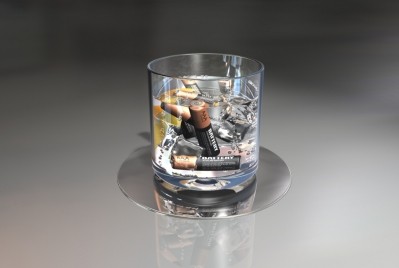Stevia revolution in EU beverage market still a long way off
The positive opinion issued by the European Food Safety Authority (EFSA) last week for stevia extracts with at least 95 per cent purity of steviol glycosides paves the way for EU-wide approval next year.
This news has been greeted by a media buzz and welcoming noises from the stevia suppliers but market data from Mintel suggests that it may only prove significant in the long term.
Slow start
In the US, a non-objection letter from the Food and Drug Administration (FDA) gave beverage manufacturers the freedom to start formulating with Rebaudioside A [one of the best-known steviol glycosides] back in late 2008.
But despite this regulatory green light, stevia has dripped rather than flooded onto the drinks market. According to Mintel, only 24 beverage products were launched with stevia in North America in 2009.
In Asia, where stevia has been part of the formulator’s sweetener palette for longer, stevia beverage launches have reached 70 – 80 a year but this is still a small number when considered alongside total launches.
Mintel analyst David Jago told BeverageDaily.com that it will take some years before stevia really begins to fulfill its commercial potential in the drinks sector.
Part of the reason for this is that manufacturers are nervous about using new ingredients and will be wary of adding stevia to established products.
Marketing strategy
This is clear from the short history of stevia in the US. The big brands have not been willing to test out stevia in well-established products and have instead opted to experiment with the sweetener through line extensions.
Glaceau Vitaminwater 10, Trop 50, and Sprite Green are some of the highest profile examples of this trend.
Jago said he expects beverage companies to pursue a similar strategy in Europe once full EU approval is achieved. The analyst added that the marketing is likely to follow a similar path as well with the natural message taking the most prominent position, followed by a reduced calorie line.
With regards to which products are most likely to carry stevia, Jago said juices and still drinks are most suitable because of formulation issues. Taste problems are much more likely to appear in a carbonated drink.
There are also cost restrictions that may limit the progress of the sweetener to the upper end of the drinks market.
Last year a paper, from business research organization KnowGenix, said:“There are several limitations to the growth of stevia markets. The key ones relate to economics as stevia products are currently more expensive than other high-intensity sweetener products.”











